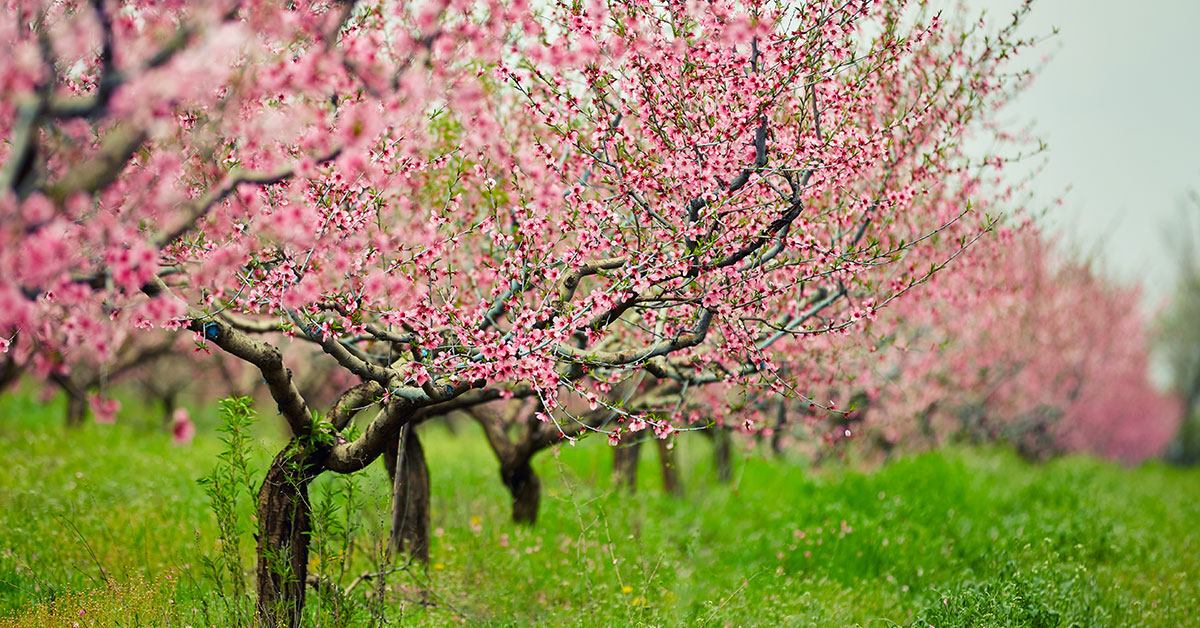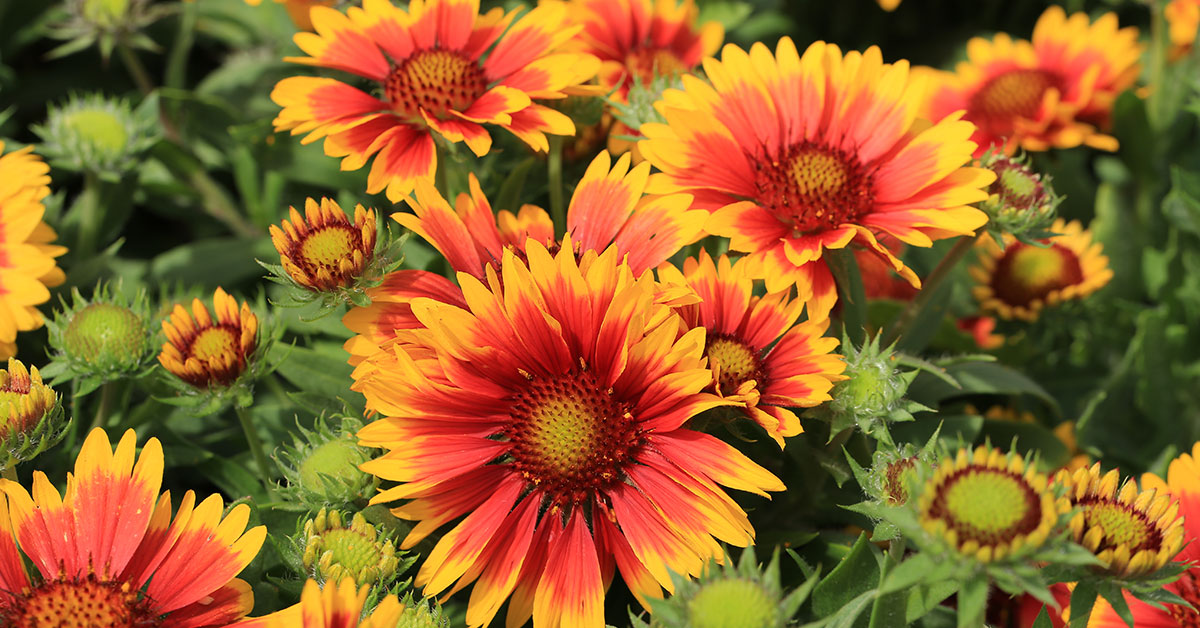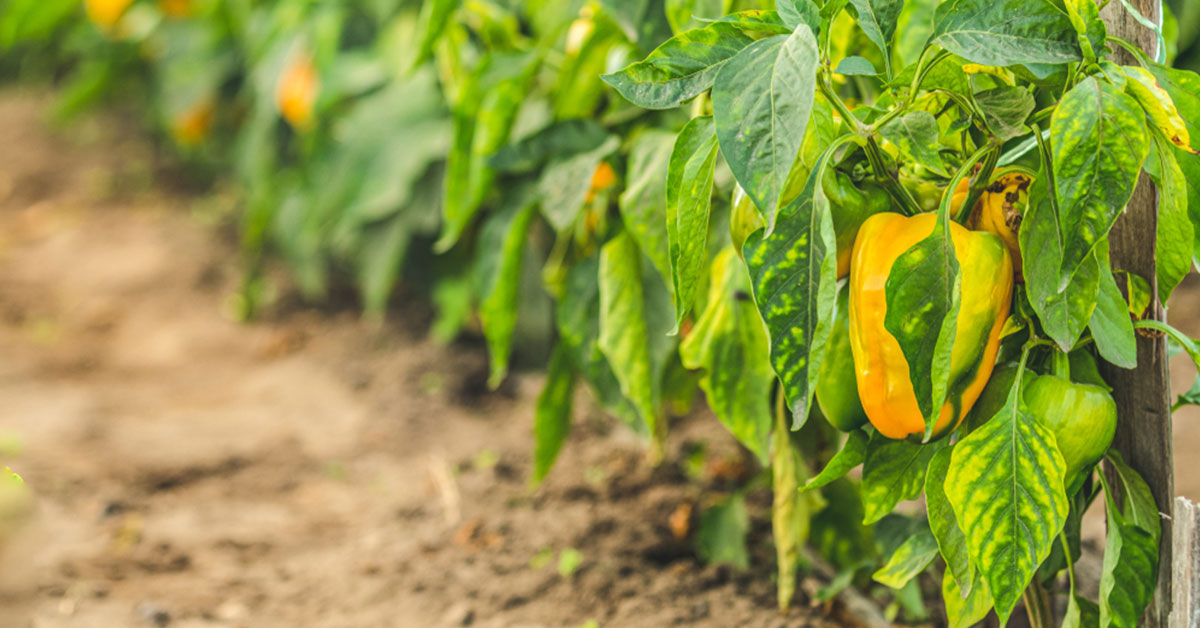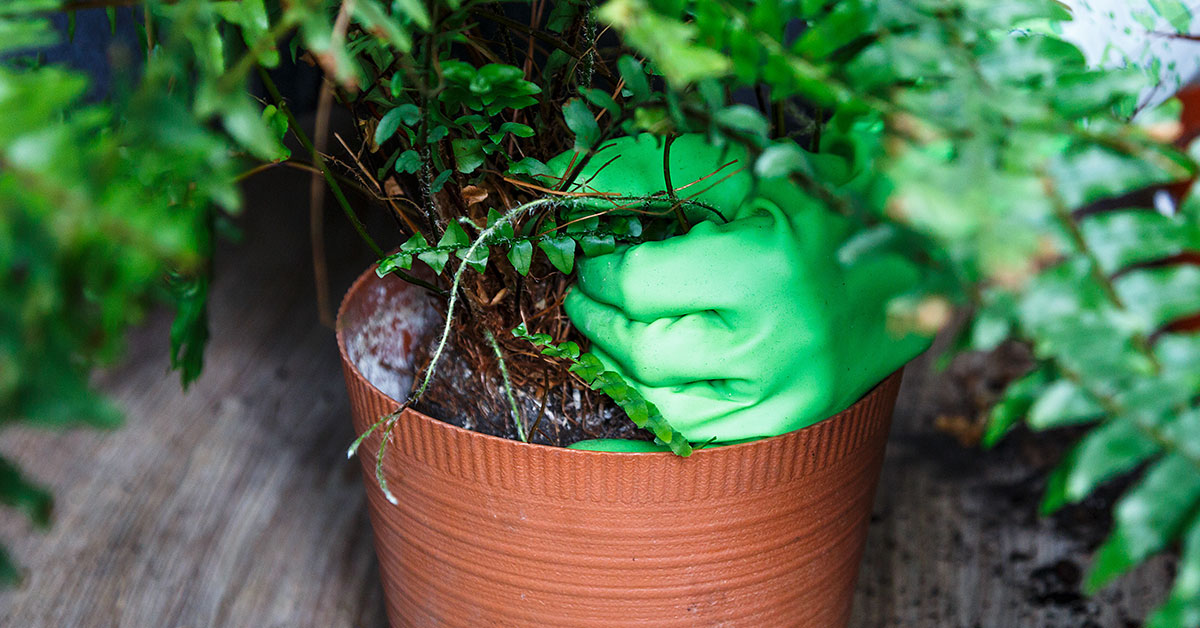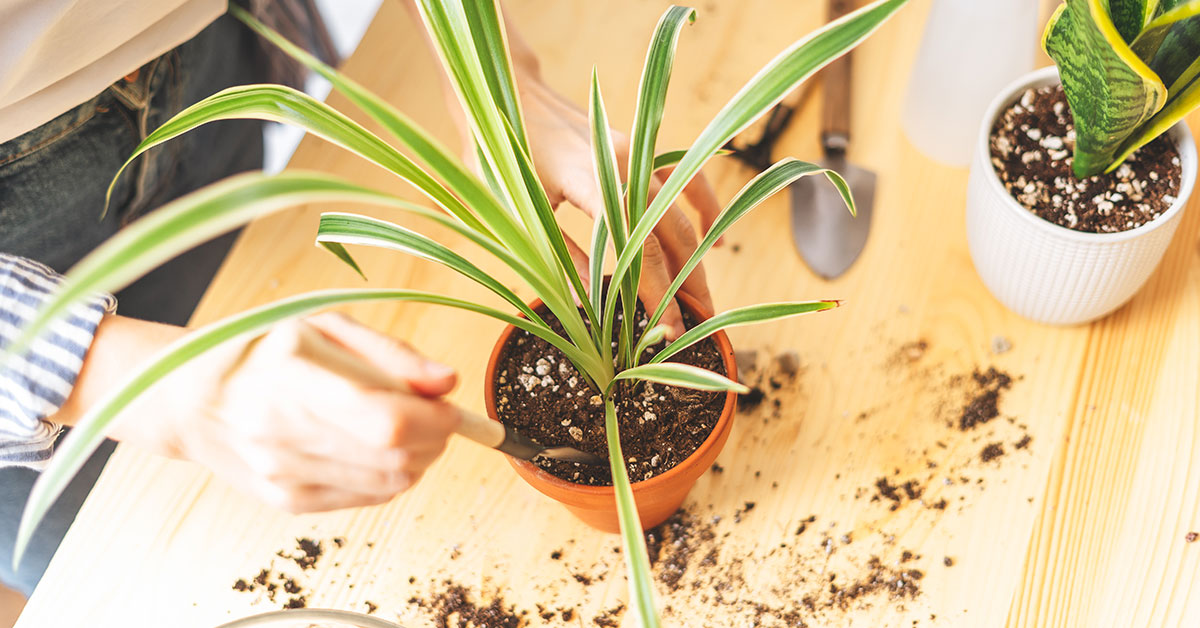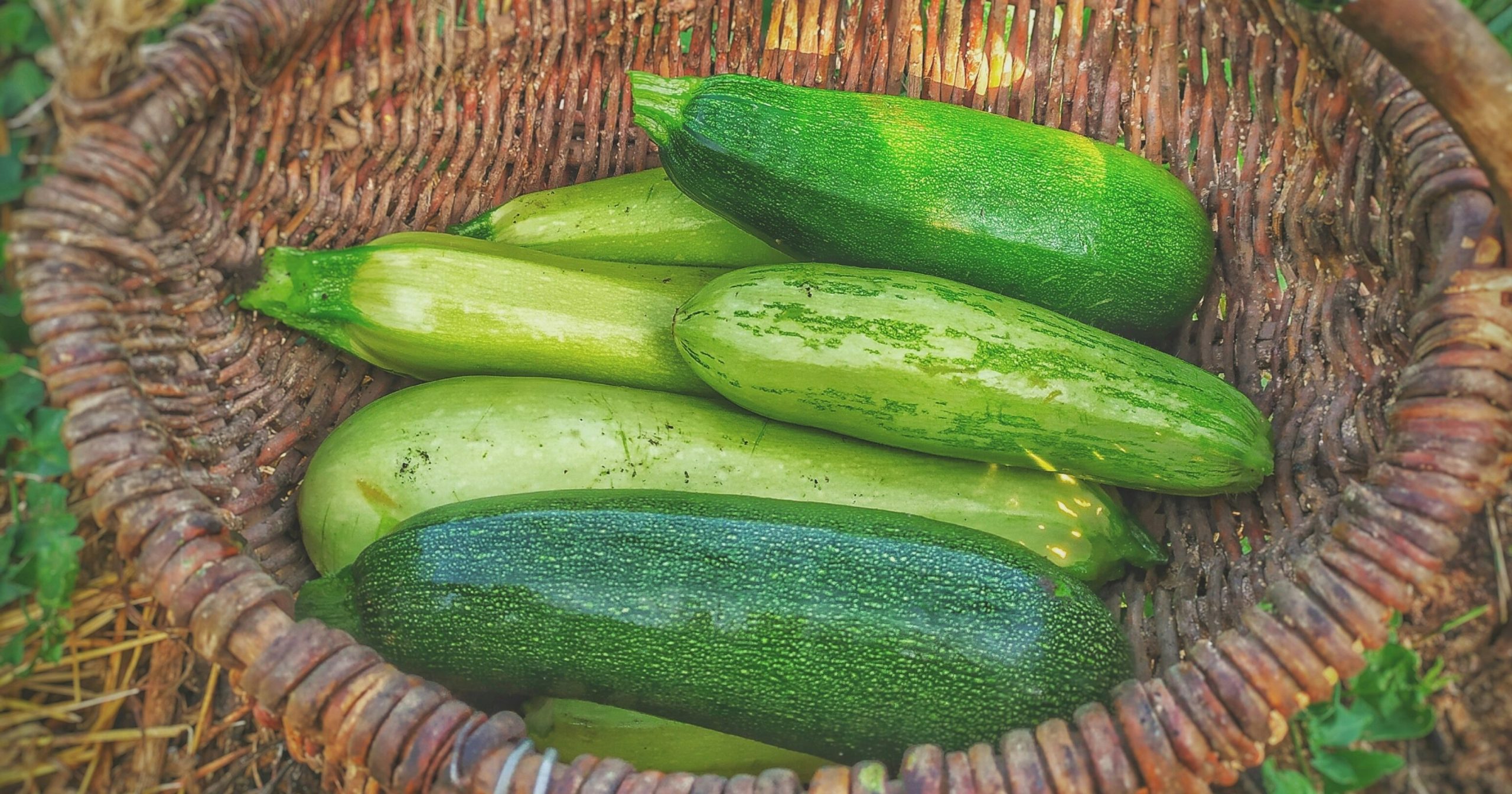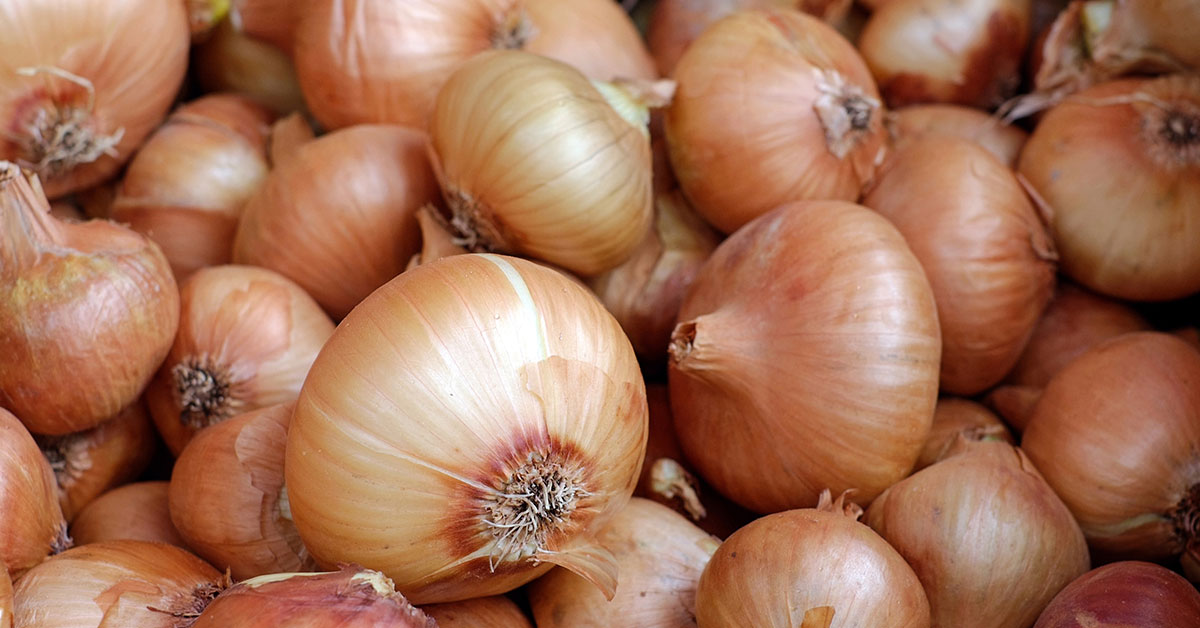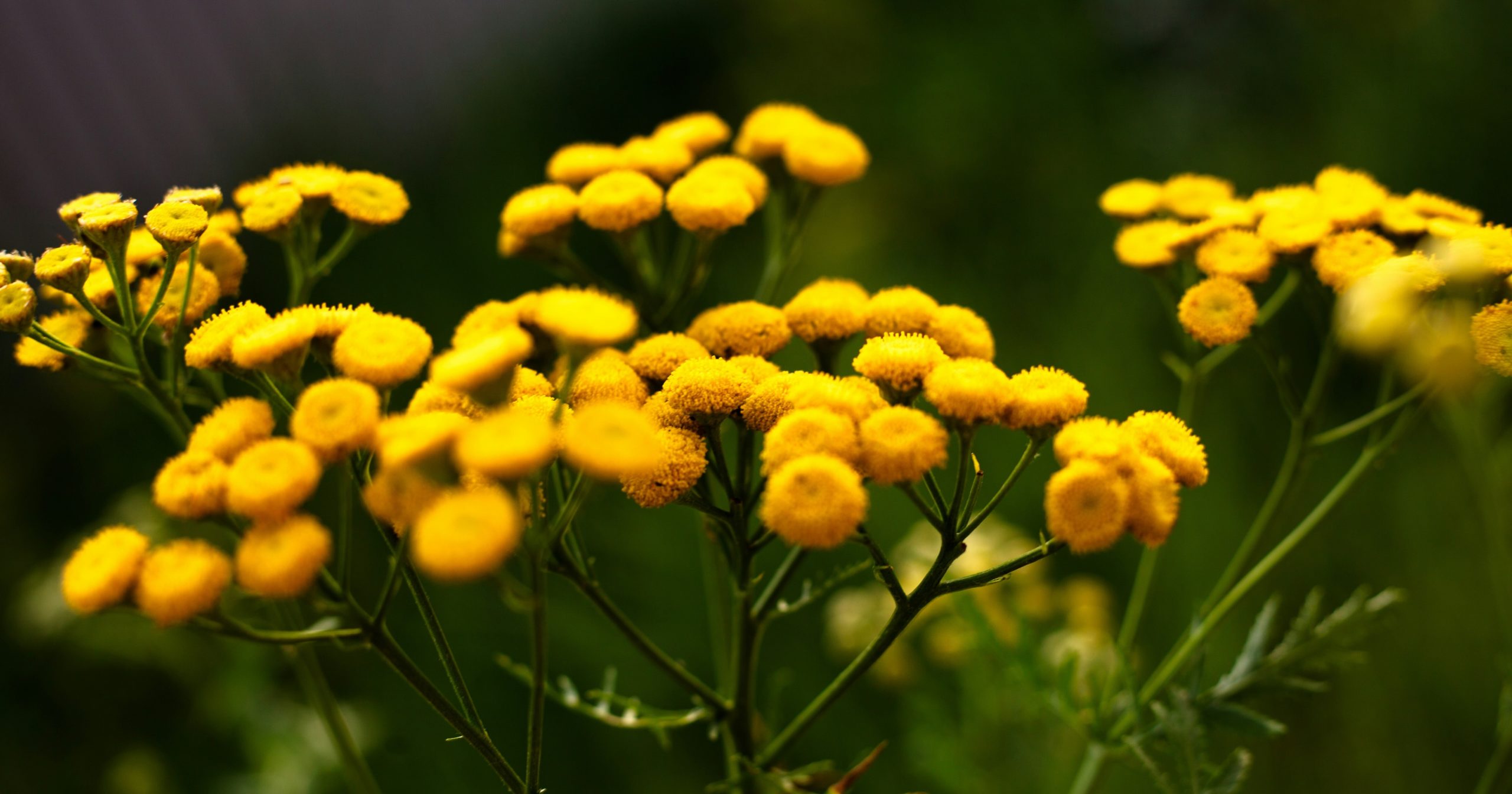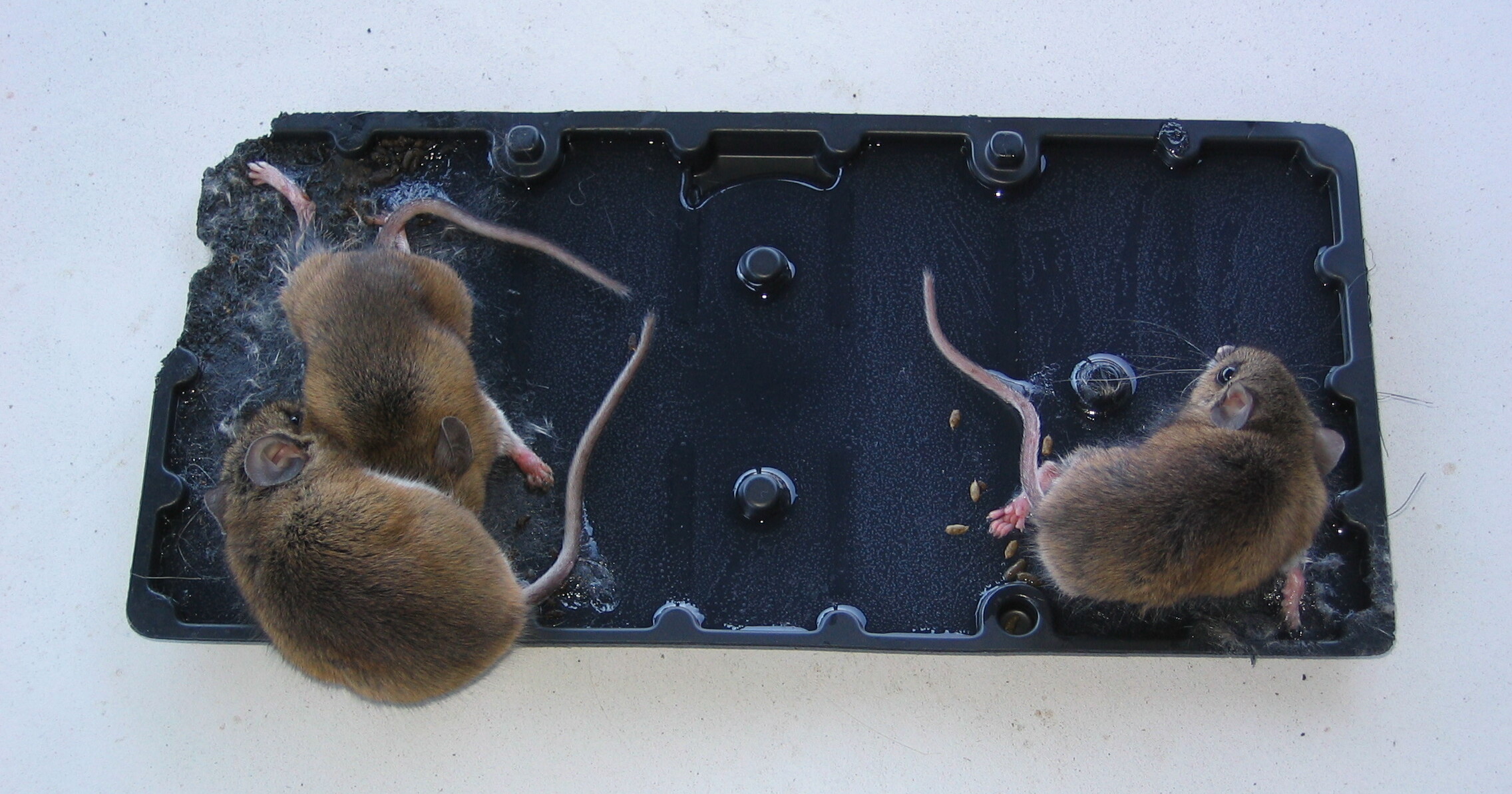Welcome to the world of growing Elberta peach trees, where the sweet aroma of ripe fruit fills the air and the satisfaction of nurturing your own orchard awaits. Elberta peaches, known for their juicy, golden flesh and exceptional flavor, are a popular choice among home gardeners and commercial growers alike. With their vigorous growth, adaptability to various climates, and high yields, these trees are a delightful addition to any garden or orchard.
In this article, we will explore the essential steps and expert tips for successfully growing Elberta peach trees, from selecting the right site and preparing the soil to proper planting techniques and ongoing care. Whether you are a seasoned gardener or a beginner, get ready to embark on a rewarding journey of cultivating these delectable fruits right in your own backyard.
What are Elberta Peaches?
The Elberta Peach is a popular and widely grown variety known for its excellent flavor and versatility. It is a medium to large-sized peach with a round to slightly oblong shape. The skin is typically yellow with a red blush, and it has a firm yet juicy flesh that is yellow in color.
Elberta peaches are known for their exceptional sweetness and rich, tangy flavor. They are often described as having a perfect balance of acidity and sweetness, making them ideal for eating fresh, canning, baking, or making preserves. This variety is also highly prized for its productivity and adaptability. Elberta peach trees are vigorous and hardy, capable of withstanding a wide range of climates and growing conditions. They are self-fertile, meaning they do not require another peach tree for cross-pollination, making them a popular choice for home gardeners.
The Elberta Peach tree is known for its large, showy pink blossoms in the spring, which add ornamental value to any landscape. It typically bears fruit in mid to late summer, with the harvest period lasting for several weeks. The peaches are usually ready for picking when the skin develops a slight give and the flesh becomes soft and juicy. Overall, the Elberta Peach is a highly regarded variety that combines exceptional flavor, versatility, and adaptability, making it a favorite among peach enthusiasts and growers alike.
What do Elberta Peaches taste like?
Elberta peaches are renowned for their exceptional flavor profile. They are known to have a perfect balance of sweetness and acidity, making them incredibly delicious and satisfying to eat. The flavor of Elberta peaches is often described as rich, juicy, and intensely sweet.
When you take a bite into an Elberta peach, you will immediately notice its succulent and tender flesh. The sweetness of the fruit is prominent, with hints of honey and tropical undertones. The natural acidity of the peach provides a refreshing tang that adds complexity to its flavor.
Elberta peaches also have a distinct aroma that is both fragrant and enticing. The scent is often described as floral and slightly musky, which adds to the overall sensory experience of enjoying this peach variety.
The texture of Elberta peaches is smooth and velvety, with a melt-in-your-mouth quality. They are known for their juiciness, which further enhances the flavor experience. The juice of an Elberta peach is often described as luscious and abundant, making it a perfect choice for eating fresh or using in various culinary applications.
Overall, Elberta peaches offer a delightful combination of sweetness, acidity, and juiciness. Their exceptional flavor profile makes them a favorite among peach enthusiasts and a versatile fruit for both eating fresh and using in cooking or baking.
How to plant Elberta Peach trees outdoors
Starting an Elberta Peach tree from a graft stock is indeed the preferred method as it ensures the tree will have the desired characteristics and produce high-quality fruit. Here is a step-by-step guide on how to start an Elberta Peach tree:
- Selecting a graft stock: Look for a reputable nursery or garden center that offers Elberta Peach trees as graft stock. Choose a healthy, disease-free tree with a well-developed root system.
- Planting location: Peach trees require full sun, well-draining soil, and good air circulation. Choose a location in your garden that meets these requirements. The soil should be slightly acidic with a pH between 6.0 and 6.5.
- Preparing the soil: Before planting, prepare the soil by removing any weeds or grass and loosening it to a depth of about 12 inches. Incorporate organic matter such as compost or well-rotted manure to improve soil fertility and drainage.
- Digging the hole: Dig a hole that is wide and deep enough to accommodate the root system of the graft stock. The hole should be slightly larger than the root ball.
- Planting the graft stock: Gently remove the Elberta Peach tree from its container, being careful not to damage the roots. Place the tree in the center of the hole, ensuring that the graft union (the swollen area where the scion and rootstock meet) is above the soil line.
- Backfilling and watering: Fill the hole with soil, gently firming it around the roots to eliminate air pockets. Water the tree thoroughly to settle the soil and ensure good root-to-soil contact.
- Mulching: Apply a layer of organic mulch, such as wood chips or straw, around the base of the tree, leaving a small gap around the trunk to prevent moisture buildup and potential rot. Mulching helps conserve soil moisture, suppress weeds, and regulate soil temperature.
- Pruning: Prune the newly planted Elberta Peach tree to remove any damaged or crossing branches. This will help shape the tree and promote healthy growth. Avoid heavy pruning in the first year to allow the tree to establish itself.
- Watering and care: Keep the soil consistently moist but not waterlogged during the first year. Water deeply, providing around 1 inch of water per week, especially during dry periods. Regularly monitor the tree for pests and diseases and take appropriate action if necessary.
- Fertilizing: Apply a balanced fertilizer specifically formulated for fruit trees in early spring and again in early summer. Follow the manufacturer’s instructions for application rates.
- Training and support: As the Elberta Peach tree grows, provide support by staking or using a trellis system to prevent damage from strong winds or heavy fruit loads. Prune annually to maintain an open center shape, allowing sunlight to reach all parts of the tree.
- Harvesting: Elberta Peaches are typically ready for harvest in mid to late summer, depending on your climate. The fruit should be firm, yet slightly soft to the touch and have a rich golden color. Harvest by gently twisting the fruit off the branch.
Remember, growing a peach tree requires patience and consistent care. With proper attention, your Elberta Peach tree will reward you with delicious, juicy peaches for years to come.
When to plant Elberta Peach trees outdoors
The ideal time to plant Elberta Peach trees is in late winter or early spring, before the last frost date in your area. This allows the tree to establish its root system before the growing season begins. Planting in late winter or early spring also ensures that the tree has enough time to acclimate to its new environment and develop strong roots before the hot summer months.
Growing & care guide
Caring for Elberta Peach trees requires attention to several key aspects, including proper planting, watering, fertilizing, pruning, and pest control. Here are some best practices to ensure the health and productivity of your Elberta Peach tree:
- Planting: Choose a location that receives full sun for at least 6-8 hours a day. The soil should be well-draining and rich in organic matter. Dig a hole slightly larger than the root ball and place the tree in the hole, making sure the bud union (the swollen area where the tree was grafted onto the rootstock) is above the soil line. Backfill the hole with soil, gently firming it around the roots.
- Watering: Proper watering is crucial, especially during the tree’s early years. Provide regular deep waterings, ensuring the soil is moist but not waterlogged. Watering deeply encourages the roots to grow deeply as well. During dry spells, water the tree deeply once a week. Mulching around the base of the tree helps retain moisture and suppresses weed growth.
- Fertilizing: Elberta Peach trees benefit from regular fertilization to promote healthy growth and fruit production. Apply a balanced fertilizer, such as a 10-10-10 or 14-14-14, in early spring before new growth begins. Follow the package instructions for application rates. Avoid over-fertilizing, as it can lead to excessive vegetative growth at the expense of fruit production.
- Pruning: Pruning is essential for maintaining the shape and structure of the tree, improving air circulation, and promoting fruit production. Prune your Elberta Peach tree during late winter or early spring before bud break. Remove any dead, damaged, or diseased branches. Thin out crowded branches to allow sunlight to reach the inner parts of the tree. Prune back long, leggy branches to encourage branching and fruiting.
- Pest control: Elberta Peach trees are susceptible to various pests, including aphids, peach tree borers, and peach leaf curl. Regularly inspect your tree for signs of infestation, such as curled leaves, sticky residue, or holes in the trunk. Use organic pest control methods whenever possible, such as spraying neem oil or insecticidal soap. For more severe infestations, consult with a local agricultural extension office or a professional arborist.
- Disease prevention: Peach leaf curl is a common fungal disease that affects peach trees, causing distorted and discolored leaves. To prevent this disease, apply a copper-based fungicide during late winter before bud break. Follow the product instructions carefully. Additionally, ensure good air circulation around the tree by pruning and thinning branches, as this helps prevent fungal infections.
- Harvesting: Elberta Peaches are typically ready for harvest in late summer or early fall, depending on your location. Harvest the fruits when they are fully ripe, with a slight give when gently squeezed. Avoid pulling or twisting the fruit, as it can damage the tree. Instead, gently lift the peach upward and twist it off the stem.
By following these best practices, you can enjoy a healthy and productive Elberta Peach tree, providing you with delicious fruit for years to come. Remember to adapt these guidelines to your specific climate and growing conditions.
Harvesting guide
Elberta peaches are a popular variety known for their large size, juicy texture, and sweet flavor. Harvesting Elberta peaches at the right time is crucial to ensure optimal taste and ripeness. Here’s a guide on when and how to harvest Elberta peaches:
- Timing: The timing of the harvest is determined by the fruit’s color, size, and firmness. Elberta peaches are typically ready for harvest in late summer, around mid to late August, depending on your specific climate and growing conditions. The peaches should have a yellow or golden color, with a slight blush of red on the side exposed to the sun.
- Size and firmness: The peaches should have reached their full size, which is around 3 to 4 inches in diameter for Elberta peaches. Gently squeeze the fruit to check for firmness. They should yield slightly to pressure but not be too soft or mushy.
- Flavor and aroma: The peaches should have a strong, sweet fragrance and a rich, peachy aroma. This indicates that the fruit has developed its full flavor potential.
- Harvesting technique: To harvest Elberta peaches, gently twist and pull the fruit from the tree. Avoid pulling too hard, as it may damage the branch or the fruit itself. If the peach doesn’t come off easily, it may not be fully ripe, so it’s best to leave it on the tree for a few more days.
- Harvesting frequency: Elberta peaches tend to ripen over a relatively short period, usually within a week or two. Therefore, it’s important to monitor the tree regularly and harvest the ripe fruit as soon as it’s ready. This will prevent overripe or spoiled peaches and allow the tree to continue producing more fruit.
- Storage and ripening: If you’re not planning to consume the peaches immediately, store them at room temperature until they reach the desired ripeness. Once they are fully ripe, you can refrigerate them to prolong their shelf life for a few more days.
Remember, the best way to determine the ideal harvest time for Elberta peaches is through a combination of color, size, firmness, flavor, and aroma. With practice and experience, you’ll become more adept at identifying the perfect moment to harvest these delicious peaches from your tree.
